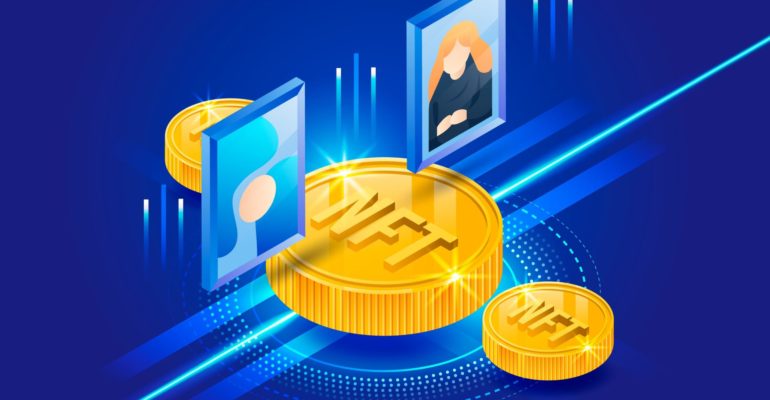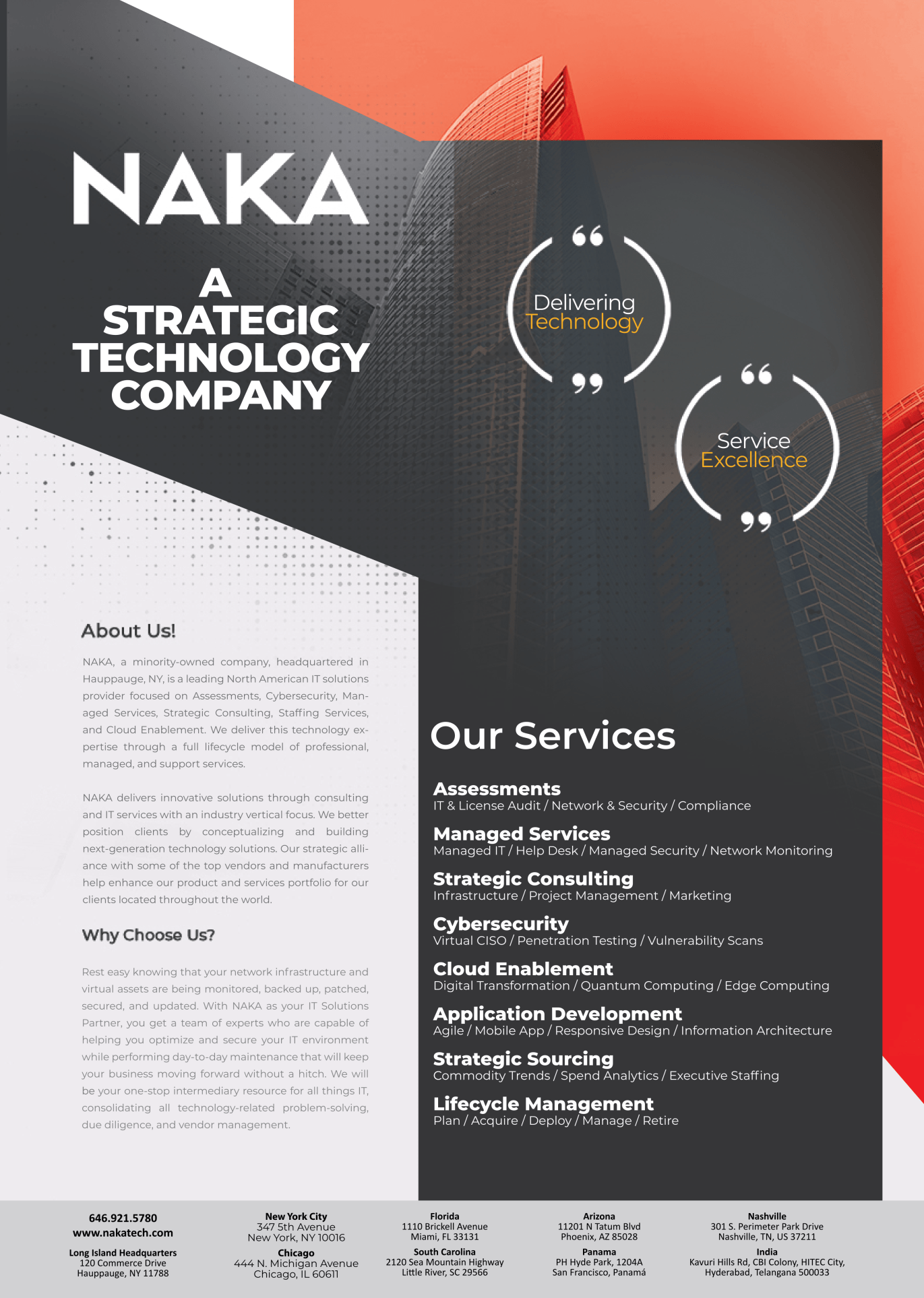How NFT is Becoming The Future Of Digital Art?

How NFT is Becoming The Future Of Digital Art?
NFTs are defined as Non-Fungible Tokens. This is a type of crypto-asset, or a digital asset like cryptocurrencies, utility coins, and security tokens that use cryptographic techniques to generate a monetary system. NFTs are not currencies, but use the same technology as cryptocurrencies i.e. Blockchain. When a specific unit of virtual currency is digitally represented, it will be an NFT. Representations can vary from image files to videos to GIFs.
These assets cannot be exchanged or substituted easily with similar assets of the same value. For example, Mona Lisa is an original piece of art that cannot be swapped for another similar painting as it does not hold the same value.
Although NFT has existed since 2015, it has become popular only recently. The value of NFT has skyrocketed to $250 million in the year 2020, more than threefold from the year 2019.
NFT: A Revolution Of The World Of Digital Art
NFT is about to bring revolution to the art industry. The modern age of the internet- Web 3.0, as it is referred to, will make NFT even more popular. It is bound to impact the traditional art space. Recently, Beeple, an artist who has been creating and selling his work for more than a decade, has sold his digital artwork “Everydays: The First 5000 Days” for $69 million in a sale at Christie’s.
NFTs caught people’s attention in 2017 when people started adopting and trading cats, in a game called CryptoKitties. The game gained so much popularity that the Ethereum blockchain lagged. Investors looking at the demand of CryptoKitties, have entered the field of NFTs. It has witnessed a boom in the market, massive ecosystems and NFT Projects since then have taken birth like OpenSea and SuperRare. NBA Top Shot, a blockchain-based platform’s sale, by mid-march went up to $338 million since it went live in October 2020.
NFT As A Digital Asset
Because of the scarcity, NFT holds value and can be accredited as an asset for the person acquiring them. NFT is a digital certificate of ownership of an artwork. It allows the artist to create a digital asset. This is one of the reasons that helps artists to gain popularity, give value to their art, and create hype among the art-freaks.Before the existence of cryptocurrency, humans could not have imagined an asset being exclusively digital. An American digital artist, Mike Winkelmann’s work, which was a digital collage of 5,000 images, minted exclusively for the auction house Christie’s was sold for $69,346,250.This is the first time any auction house has sold digital artwork and accepted payment in the form of cryptocurrency.
Ownership Of Digital Art
After an NFT art is created, it is minted or tokenized on Blockchain, which is a cryptocurrency service. This helps the designers/artists to get legal ownership of the art they created. Since NFT is relatively secure and the transactional system of the blockchain makes it difficult to hack, tracking copyright ownership becomes easy. This helps the artist to gain recognition of their work, even if it is solely digital. Anyone online can view, copy, share an art file on the internet, but as long as it is an NFT, they cannot fake the possession of their art.
On the flip side, when someone buys an NFT from the creator, they obtain ownership and it becomes their property. However, the buyer does not hold any Intellectual Property Rights, such as the right of communication to the public or the rights of adaptation or reproduction. Moreover, artists have come forward and raised voices about their art being fraudulently minted and sold by the fraudsters. But no case as of now has been taken to the court of law because there is still no provision made to protect artists dealing with solely digital pieces of work.
Creative Freedom
Digital artists, in the form of NFTs, can now work more freely and independently on their terms and conditions. Original creators have the freedom to sell their art at any price, which, contrarily in the physical world, depends heavily on the buyer. The owner can even set conditions before selling their work, like “getting an XYZ percentage amount on every resale of the asset.” Interestingly, NFT has also opened the doors for creators to have the authority to rent digital artworks out, sell them, or display them how they wish. There is no headache for artists to chase their clients for their payment or to edit the work according to the client’s needs.
NFT As Source Of Income
NFT art allows artists to monetize their work in an easy and more authorised way. Creating an NFT allows the artist to generate an extra source of income while making sure that no one else copies your original work. Artists are creating their own personal art and converting it into NFTs via blockchain technology. As more and more people look forward to exploring and building digital assets and artists look to monetize their work, NFTs are the way forward.
Kevin McCoy minted his NFT “Quantum”, the first-ever NFT created in 2014 has been sold by Sotheby’s for $1.4 million. As auction houses offer more value to digital arts, art managers are likely to shift to digital exhibitions. This will create an all-new and unique opportunity for the artists to display and sell their art and even plan their exhibitions digitally. NFT provides an inclusive environment for the artists to make money as it is easy to create and has the potential to hold a massive value.
Undoubtedly, NFT can prove to be a colossal source of income, it should be kept in mind that the fee of minting is immensely high. An artist can only place his artwork for sale as an NFT once it is minted. Even once the artwork is minted, its sale is not guaranteed.
Royalties To The Artists
As mentioned above, some NFTs provide royalties to the artists which vary between 8-10 % of the future sales. An NFT platform, Zora, has a “Creative Share” option which allows the users to buy and trade immediately.
But this comes with its own drawbacks. For instance, if the value of Ethereum drops, the cryptocurrency in which most NFTs are traded, the value of art automatically drops. The value of the artwork is always dependent on the value of the cryptocurrency. Hence, there is a constant uncertainty that comes with NFTs. As NFTs are unable to stand alone, it will affect the artists monetarily also which will eventually affect the industry at large
NFT Opening Doors For Artists And Audiences On Global Scale
Physical artworks’ reach is confined to certain geographical limits, for artists as well as for interested buyers. On the other hand, NFTs break those limits and allow the artists to sell and display their art to a much larger audience. After the COVID-19 pandemic in early 2020, artists did not get a chance to display their art through exhibitions. The rise of NFT trading certainly means the exhibitions have shifted to an online platform, bringing stability and consistency to their work.
Social media plays a significant role here. NFTs grant immediate access to audiences across the globe who already have a healthy following and popularity that allows the artists to gain exposure in the NFT market. With the massive reach of all the people across the globe with an active internet connection, NFT can change millions of lives of artists around the world.
NFT- A Bubble That Will Eventually Burst?
NFT has the attention of technologists and financiers from all around the globe, but experts still debate whether NFTs are the future of the art or just a fad. Critics believe that it is a bubble that is not here to last forever. However, digital artefacts have the potential to provide an alternative to the classical world of art.
The lack of a legal framework and ill-suited framework makes it uncertain for the NFT to last as long as we expect it to. How to treat NFTs, as security or something else, has still been a big question mark for the experts.
Another limitation to the adoption of NFT is the lack of Universal Infrastructure. The inconsistency among artists across different platforms is a pull-back for the future of NFT.
Looking at the digital version of art and looking at the original work by standing in front of it has an altogether different experience. NFTs are based on human psychology and its ability to hype the tiniest of things. Learned professors are of the view that due to the digitalization of art, the way we see it will change.
There is still an air of uncertainty around the future of NFTs, one which only time can clear.



